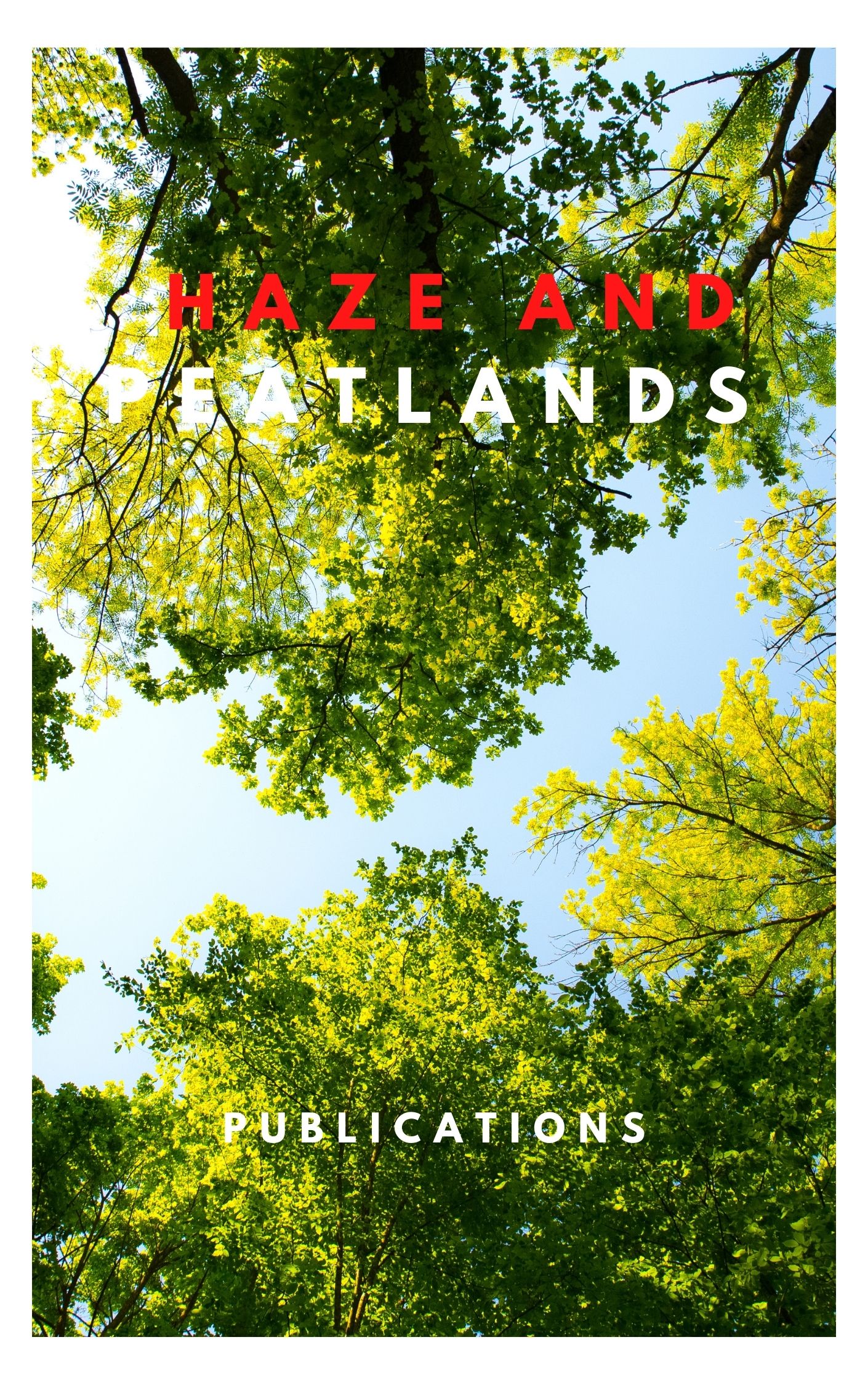Bangladesh's economy and livelihoods of majority of its population depend on agriculture. Despite the importance of agriculture, ensuring food security is a concern because of frequent natural disasters, the effects of climate change, and land degradation. The country has limited land area but diverse ecosystems (hills, plains, coastal, and wetlands). Climatic variations include temperature, rainfall, and humidity. The homestead production system in Bangladesh follows traditional organic farming, with a diversity of fruits, vegetables, spices, and tuber crops. The conventional agriculture in Bangladesh became heavily dependent on synthetic fertilizers and pesticides after the Green Revolution. This has resulted in numerous human health and environmental hazards, compromising food safety. Liberalization and globalization have marginalized small farmers in Bangladesh because of their low bargaining power. Organic agriculture is a potential alternative agricultural production system. It can address human welfare implications of agriculture while ensuring sustainable development. However, the number of farmers practicing organic agriculture and area under organic farming remain small. Therefore, this article provides an overview of the potential of organic farming in Bangladesh by examining the historical development, current state of organic farming, and the bottlenecks in the growth of organic farming. The Bangladeshi model of organic farming development is different from that of the rest of the world, as it is championed by the vibrant local non-governmental organizations (NGOs). The organic agriculture has the potential to become the default production system in Bangladesh, provided the bottlenecks in adoption are addressed, keeping in view the homegrown NGO-backed model of organic agriculture.
View source

